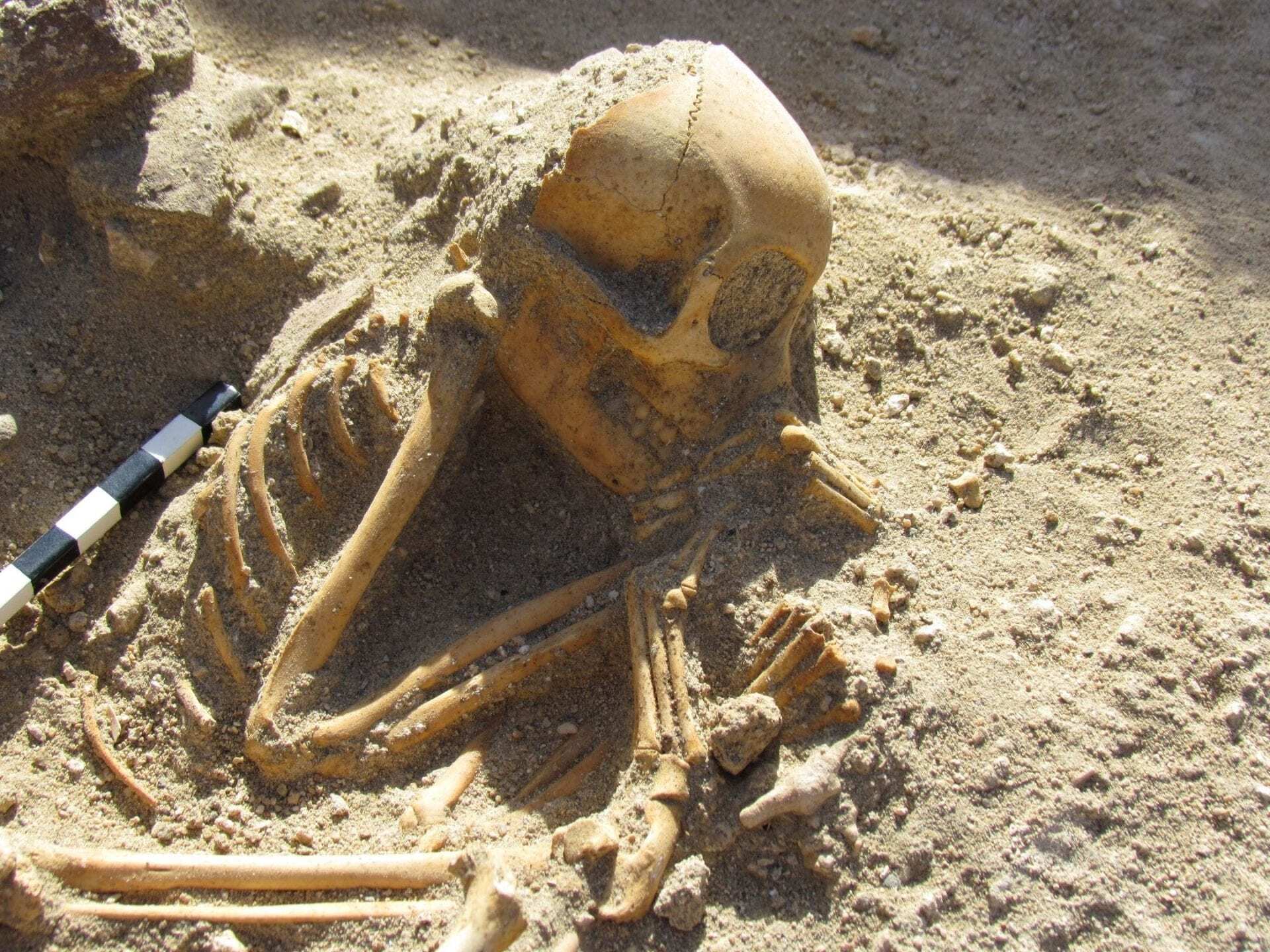Remains of monkey burials in an ancient animal cemetery in the Red Sea port of Berenice in Egypt, were imported as pets from India 2000 years ago.
In the first century AD, the Romans took control of Egypt, making the city an important trading hub.
The burials were initially believed to originate from Northeast Africa, imported to the port city through the trans-oceanic trade network linking Africa and the Middle East.
The precise identification of the remains was difficult, as the monkeys were still adolescents and hadn’t yet developed features in their skeletons that articulated the characteristics to match with a particular native African species.
The researchers instead used modern techniques with digital models and 3D imagery that revealed the monkeys were rhesus macaques, originating from as far as India thousands of miles away.
The rhesus macaque is brown or grey in colour and has a pink face, which is bereft of fur. The species is native to South, Central, and Southeast Asia and has the widest geographic range today of all non-human primates, occupying a great diversity of altitudes and a great variety of habitats, from grasslands to arid and forested areas, but also close to human settlements.

Each of the monkey burials was arranged like “sleeping babies” and placed on their side, with one of the burials being covered with a woollen cloth, and others being buried alongside seashells.
Alongside the burials were also the remains of three kittens, and fragments of Roman amphorae, one that contained a piece of cloth and the other having contained the remains of a piglet.
Professor Marta Osypińska, a zooarchaeologist from the Polish Academy of Sciences, said: “This is an absolutely unique finding. So far, no one has found Indian monkeys in archaeological sites in Africa.”
Osypińska believes that the animals were imported to Egypt as pets and adds: “This was related to the necessity to provide the animals with adequate food and water during a several-week voyage through the Indian Ocean and the Red Sea. Unfortunately, after reaching Berenice, the monkeys were not able to adapt and all died young. They probably lacked fresh fruit and other necessary food”.
Header Image Credit : Professor Marta Osypińska







